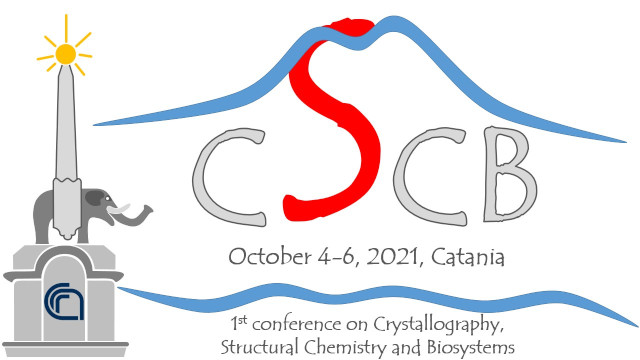Speaker
Description
Parkinson’s disease (PD) and α-synucleinopathies are characterized by the progressive loss of neuronal cells and the decline of cognitive and motor functions. Biochemical and neuropathological evidence supports the role of oxidative stress, metal dyshomeostasis and α-synuclein (αSyn, a presynaptic and intrinsically disordered protein), in the development of these disorders. Mounting evidence suggests that the aggregation of αSyn is a crucial event in the pathogenesis of α-synucleinopathies.
Metal-protein interactions play an important role in αSyn aggregation and might represent a link between the pathological processes of protein aggregation, oxidative damage, and neural death. High Copper concentration is detected the cerebrospinal fluid of PD patients, as well as in the Lewy bodies, the intracellular aggregates of αSyn. Moreover, Copper regulates αSyn intracellular localization and cytotoxicity.
Lipoxidation and carbonylation have also been observed in neurodegenerative diseases. αSyn seems to induce lipid peroxidation and, conversely, αSyn carbonylation has been found in PD. Lipoxidation leads to the formation of the so-called Reactive Carbonyl Species (RCS); in particular, acrolein (ACR) and 4-hydroxy-nonenal (HNE) have been reported to affect the aggregation process of αSyn. The adducts ACR-αSyn have been less explored and characterized. Moreover, the interplay between ACR, copper, and αSyn has never been investigated.
Therefore, we explored more thoroughly the dose- and time-dependent effects of ACR on αSyn using an approach based on Ultra Performance Liquid Chromatography coupled with High-Resolution Mass spectrometry. Moreover, we evaluated the effects of Cu2+ ions on these chemical modifications, and the influence of His carbonylation on Cu2+-binding. Finally, we investigated the effects of ACR and Cu2+ ions on αSyn aggregation by a fluorescence assay and dynamic light scattering (DLS).

